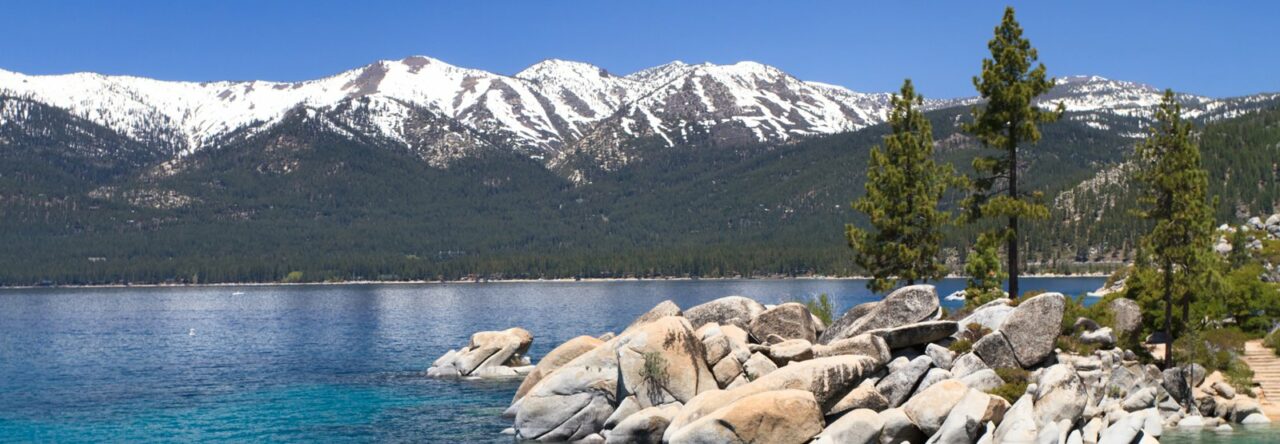yes We went on a ranger led hike to Avalanche Lake. At first we were unsure if we would leave the group as we saw the crowd of baby-boomers congregate, but the ranger programs the national parks are really great. It’s really fun learning and re-learning all this ecology and geology as an adult. …college is coming back to us. GO BEARS 🐻 💙💛 Plus the girls learn a lot more information than they would from us. And it helps to have another “teacher” other than mom or dad.
On our way to Avalanche Lake we walked through a beautiful Western Red Cedar/Western Hemlock/Pacific Yew/Black Cottonwood forest. The western side of Glacier is different from the east side because of its climate and soil. Continuing our education that we learned from Crater Lake, when Mount Mazama erupted 7,700 years ago, the ash deposited 800 miles away here in Glacier National Park. The east side of the park is quite windy and the ash did not settle. On the west side the ash from the eruption was allowed to settle. Even now, there is 1 foot of ash from the Mount Mazama eruption found just inches below ground. This volcanic ash acts similarly to clay and helps keep water available close to the soil level. This allows over 200 gallons of water to be available for the trees during the dry months, which in turn allows this area to be a dense conifer forest. In fact, West Glacier serves as the eastern point of the Pacific Northwest conifer forest.
The cliffs behind Avalanche Lake are spectacular and has numerous waterfalls feeding into the lake from Sperry Glacier up above. Because of the steep cliffs and snowfall there are a lot of avalanches here and the Kootenai Indians named this “the place where things go backwards”.
Another quick fun fact we learned was that the blue-greenish tint of the lake is from “glacial flour”. Glacial flour is essentially rock dust from rocks rubbing against each other as the glacier moves. It is a very fine powder that does not settle in the lakes and rivers and the blue we see is because the glacial flour makes it appear “milky” and absorbs other colors than blue. The more “glacial flour”, the more blue the water looks.
Here are some pics from the day…but pictures don’t do Glacier justice. The highlight being that we went swimming in Avalanche Lake. It was a jump in/out kind of swimming but definitely don’t think it was the 38 degrees as advertised.





















2 scoops was maybe 1 too many


Apgar School 1915-1958

